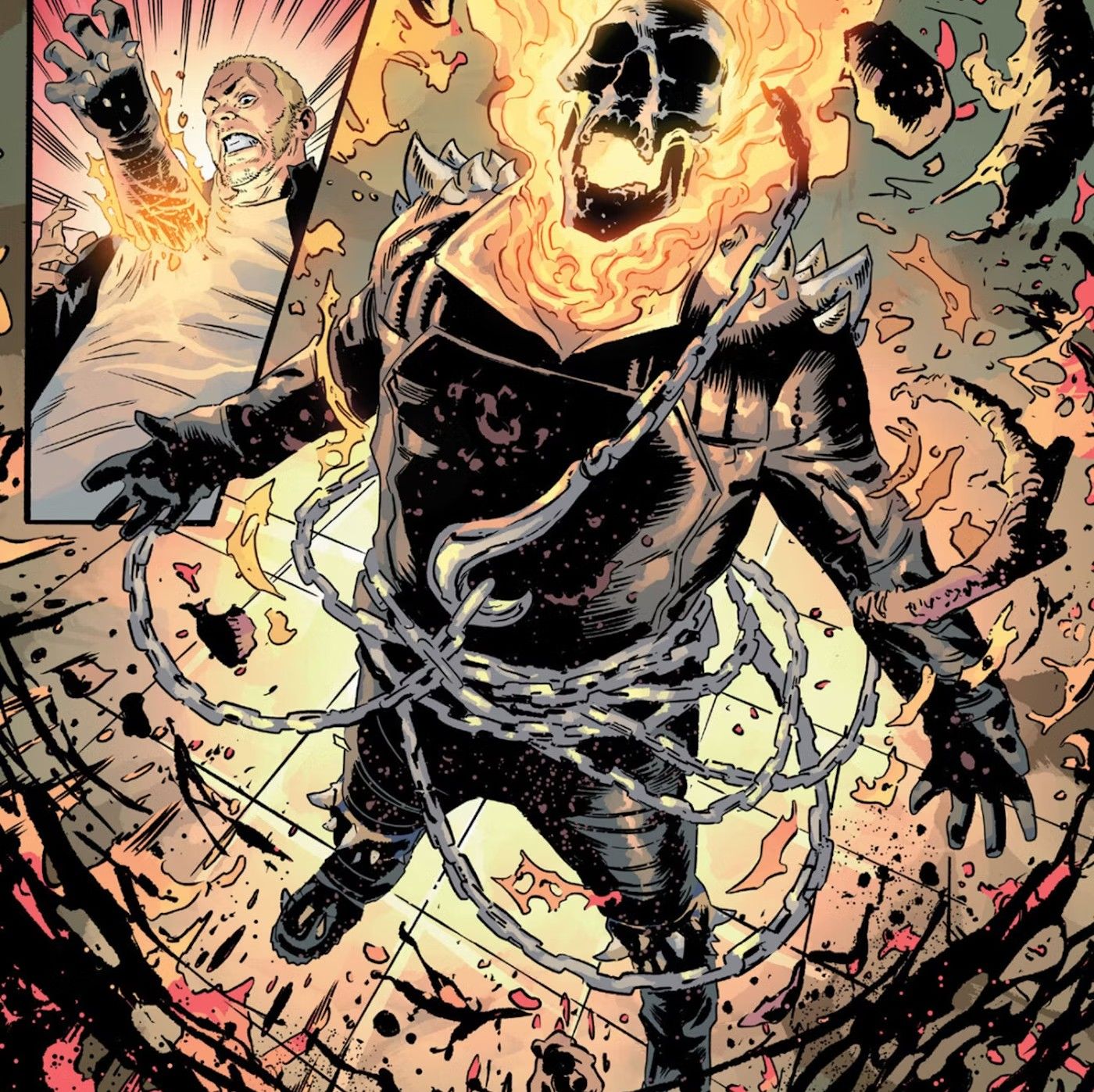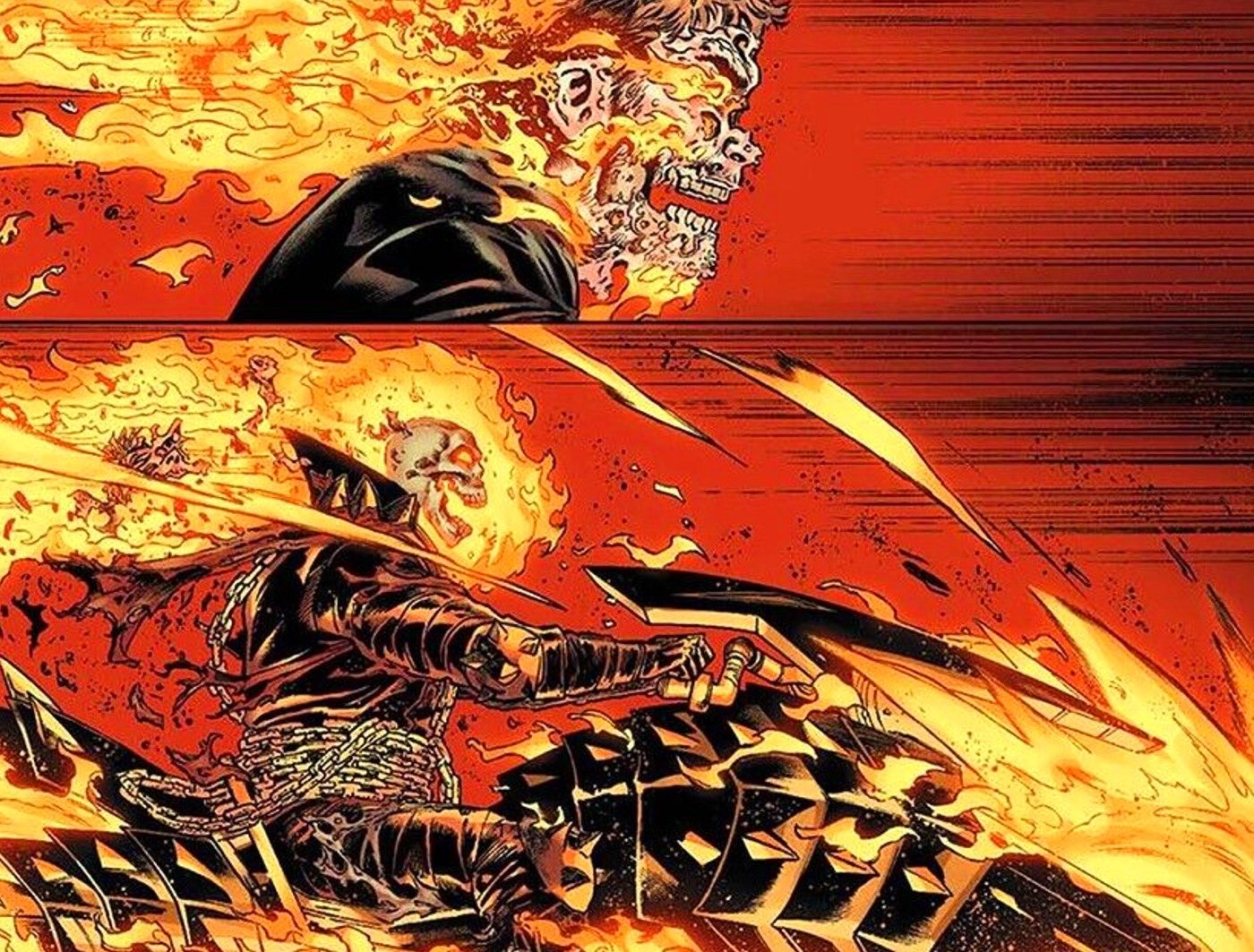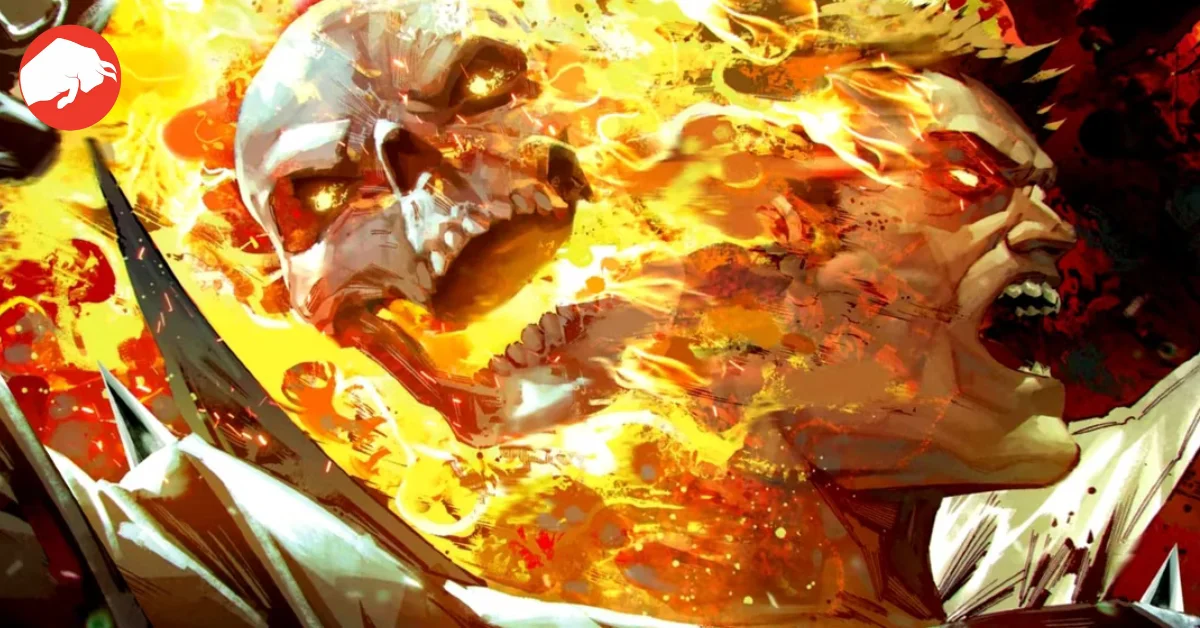One thing is certain, Ghost Rider’s power always comes with a price. And in Ghost Rider #17, part two of the riveting “Weapons of Vengeance,” the stakes get even higher. This edition, a collaborative masterpiece penned by Benjamin Percy, illustrated by Geoff Shaw, colored by Rain Beredo, and expertly lettered by Travis Lanham, takes the readers on an intense ride.
Wolverine and Ghost Rider unite with a shared mission: to find a mysterious young boy, Bram. A haunting past follows Bram. Previously, Ghost Rider had expelled a demon clinging to him, only for it to make an ominous comeback. Revisiting the very facility where Bram was once confined, the duo discovers the boy in unspeakable torment, caged inside an iron maiden chamber. Johnny Blaze, sensing the impending intensity, warns Bram of the impending transformation, urging him to avert his gaze. And then, in a truly cinematic display of horror and power, the Spirit of Vengeance erupts, breaking free from Johnny’s chest. The aftermath? A visceral scene with Ghost Rider standing amidst the remnants of Johnny Blaze’s human form.

Ghost Rider’s Transformations: From Fascinating to Frightening
Since the character’s introduction in the iconic 1972’s Marvel Spotlight #5, Ghost Rider has consistently been a visual spectacle. His burning skull, fiery motorbike, and chilling demeanor have all been part of his menacing appeal. However, the transformation sequences deserve a special mention. Over the decades, a slew of artists have imprinted their distinctive vision on this aspect, continually upping the ante. The latest addition by Benjamin Percy and Geoff Shaw pushes boundaries, portraying the Rider’s transformation as an obliteration of Johnny’s human existence.

A Curse Disguised as Power
Despite its visually captivating appearance, Ghost Rider’s transformation is steeped in brutality. The chilling imagery of Ghost Rider’s hand ripping through Johnny’s chest is reminiscent of the horrifying Xenomorph scene from the iconic Alien series. Such visuals underline the perilous realm the Spirit of Vengeance operates within. Johnny, understanding the traumas of his transformation – from his flesh dissolving to his body incinerating – knows the witnessing of such an act can scar even the bravest of souls. His powers, rather than being a boon, act as a continual curse. The origin of his powers, rooted in a deal with the sinister Mephisto, is a testament to this. Unlike conventional superheroes, Ghost Rider’s power is more adversarial, with the Spirit of Vengeance’s own consciousness showing no mercy to its human host.
MCU and Ghost Rider: A Fine Line
With its explicit content, such a transformation could undoubtedly strain the boundaries of the MPAA’s rating guidelines. The MCU, typically aiming for PG-13 ratings, might find Ghost Rider’s savage transformation pushing them into the R-rated territory. While R-rated movies tend to have a limited audience and often see restricted box office success, some characters, like Wolverine in Logan, have thrived in this space. Would this be a stumbling block or a unique selling point for Ghost Rider? Only time will tell.









